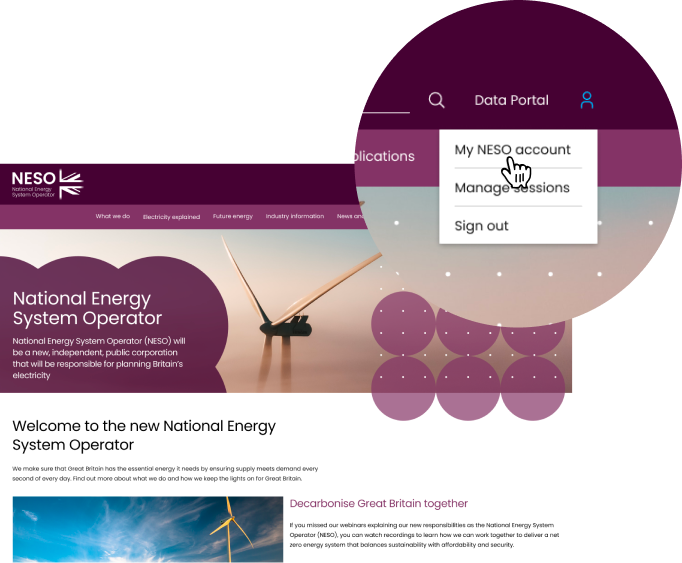Review of the Construction Planning Assumptions Methodology
Project summary
The current approach to develop the Construction Planning Assumptions (CPA) required to plan for connection applications to the power grid was not developed to capture the core characteristics of the future net-zero energy system.
| Name | Status | Project reference number | Start date | Proposed End date |
|---|---|---|---|---|
| Construction Planning Assumptions Methodology Review | Live | NIA_NGESO083 | Aug 2024 | Jan 2026 |
| Strategy theme | Funding mechanism | Technology | Expenditure |
|---|---|---|---|
| Data and digitalisation | NIA_RIIO-2 | Electricity Transmission Networks | £370,000 |
To address this challenge, this project will review the current CPA methodology, models and tools and propose key relevant updates to (i) capture emerging technologies (e.g., batteries and electrolysers), (ii) define uncertainty scenarios (e.g., based on statistical methods) and (iii) standardise and automate the process to improve the efficiency of the connections process and the experience for ESO, TOs and clients
Benefits
The project has huge potential to deliver benefits to CPAs, specifically by:
- Enhancing the accuracy of modelling assumptions, improving the quality of input data, and developing advanced data processing methods that would result in increased confidence in CPAs. This has the potential to accelerate earlier connection dates for customers, reduce enabling works associated with customers' contracts, and an overall improved CPA experience for ESO.
- Standardizing and automating the CPA process, which would reduce the time spent by engineers, both in ESO and TOs, preparing CPAs.
- Modelling the operating profiles of prominent clean technologies (e.g., batteries and electrolysers) with more accuracy will facilitate a more cost-effective transition to net zero.
| Name | Published |
|---|---|
| Annual Progress Report | 19 Aug 2025 |
| NIA Project Registration and PEA Document | 19 Aug 2025 |
| NIA Project Registration and PEA Document | 11 Sep 2024 |
